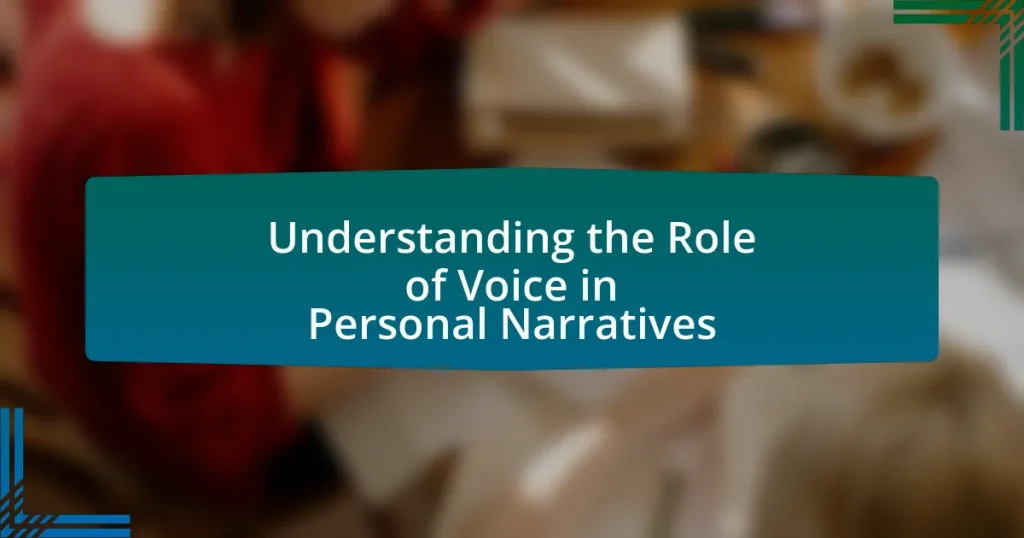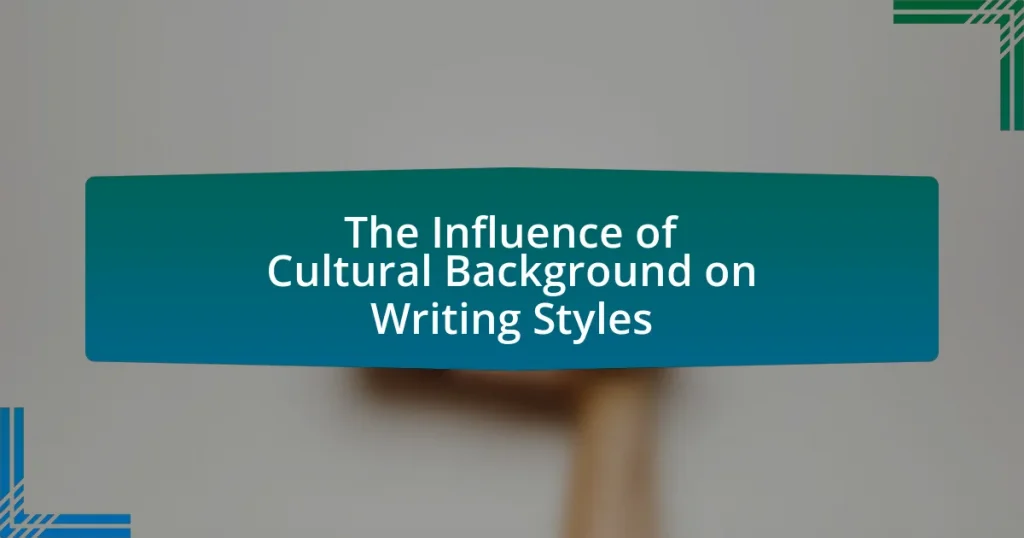Crafting compelling dialogue is essential for authors as it enhances character development, advances the plot, and fosters emotional connections between characters and readers. This article outlines key techniques for creating effective dialogue, including the importance of authenticity, subtext, and character differentiation. It also addresses common pitfalls in dialogue writing, such as excessive exposition and clichés, while providing strategies for revising and improving dialogue quality. By employing these methods, authors can create engaging conversations that reflect real speech patterns and deepen reader immersion in their narratives.

What is Crafting Compelling Dialogue?
Crafting compelling dialogue involves creating conversations between characters that are engaging, realistic, and serve to advance the plot or develop character relationships. Effective dialogue reflects the unique voice of each character, incorporates subtext, and maintains a natural flow that mimics real speech patterns. Techniques such as using distinct speech patterns, incorporating interruptions, and revealing character motivations through dialogue contribute to its effectiveness. Research indicates that well-crafted dialogue can enhance reader immersion and emotional connection, as seen in works by authors like Ernest Hemingway and Jane Austen, who skillfully used dialogue to reveal character and theme.
Why is dialogue important in storytelling?
Dialogue is important in storytelling because it reveals character, advances the plot, and enhances the emotional connection between characters and the audience. Through dialogue, authors can showcase a character’s personality, motivations, and relationships, allowing readers to understand their complexities. For instance, a character’s choice of words and speech patterns can indicate their background, emotional state, and intentions. Additionally, dialogue propels the narrative forward by providing information and conflict, which are essential for maintaining reader engagement. Research in narrative theory, such as the work by M. M. Bakhtin, emphasizes that dialogue creates a dynamic interaction between characters, enriching the storytelling experience.
How does dialogue enhance character development?
Dialogue enhances character development by revealing a character’s thoughts, emotions, and motivations through their spoken words. When characters engage in dialogue, their unique voices, speech patterns, and word choices provide insight into their backgrounds, personalities, and relationships with others. For instance, a character who uses formal language may indicate a high social status or education level, while a character who employs slang might suggest a more casual or rebellious nature. This differentiation allows readers to understand and connect with characters on a deeper level, as dialogue often reflects their internal conflicts and growth throughout the narrative.
What role does dialogue play in plot progression?
Dialogue serves as a crucial mechanism for plot progression by revealing character motivations, advancing the storyline, and creating conflict. Through dialogue, characters express their desires and intentions, which drives the narrative forward. For instance, in literature, conversations often lead to pivotal decisions or actions that alter the course of events, such as a character revealing a secret that changes relationships or introduces new challenges. This function of dialogue is supported by narrative theory, which emphasizes that dialogue not only conveys information but also shapes character dynamics and influences plot development.
What are the key elements of effective dialogue?
The key elements of effective dialogue include clarity, authenticity, and purpose. Clarity ensures that the dialogue is easily understood, allowing readers to follow the conversation without confusion. Authenticity involves creating voices for characters that reflect their backgrounds, personalities, and emotions, making the dialogue believable. Purpose means that each line of dialogue should advance the plot or develop character relationships, contributing to the overall narrative. These elements are supported by the fact that well-crafted dialogue can enhance reader engagement and emotional investment, as seen in successful literary works where characters’ conversations reveal critical plot points and deepen connections.
How does tone influence dialogue?
Tone significantly influences dialogue by shaping the emotional context and meaning behind the words spoken. For instance, a sarcastic tone can convey disdain or humor, while a sincere tone can express empathy or seriousness. Research indicates that tone accounts for a substantial portion of communication, with studies showing that non-verbal cues, including tone, can affect interpretation by up to 93% (Mehrabian, 1971). This demonstrates that the way dialogue is delivered can alter the audience’s perception and emotional response, making tone a critical element in crafting compelling dialogue.
What is the significance of subtext in dialogue?
Subtext in dialogue is significant because it adds depth and complexity to characters’ interactions, allowing for richer storytelling. By conveying underlying emotions, motivations, and tensions without explicit statements, subtext engages the audience and encourages them to read between the lines. For instance, in literature and film, characters may say one thing while implying another, creating dramatic irony and enhancing the narrative. This technique is supported by the fact that effective dialogue often reflects real-life communication, where much is conveyed through tone, body language, and context rather than words alone.

How can authors create realistic dialogue?
Authors can create realistic dialogue by closely observing real conversations and incorporating natural speech patterns, including interruptions, colloquialisms, and varied pacing. This approach reflects how people communicate in everyday life, making dialogue relatable and authentic. Research indicates that realistic dialogue often mirrors the rhythm and flow of actual speech, which can enhance character development and plot progression. For instance, a study published in the Journal of Language and Social Psychology highlights that dialogue that includes hesitations and informal language can increase the perceived authenticity of characters.
What techniques can be used to mimic natural speech?
Techniques to mimic natural speech include using realistic dialogue patterns, incorporating colloquialisms, and varying sentence lengths. Realistic dialogue patterns reflect how people actually converse, often featuring interruptions and overlapping speech. Colloquialisms add authenticity by using informal language and regional expressions that resonate with specific audiences. Varying sentence lengths creates a rhythm that mirrors natural speech, making dialogue feel more dynamic and engaging. These techniques are supported by linguistic studies that show how conversational speech differs from written language, emphasizing the importance of authenticity in dialogue for effective storytelling.
How do regional dialects and accents affect dialogue?
Regional dialects and accents significantly affect dialogue by influencing character authenticity and cultural context. When authors incorporate specific dialects or accents, they enhance the realism of characters, making them relatable and believable to the audience. For instance, a character speaking with a Southern American accent may evoke particular cultural associations and social backgrounds, which can shape the reader’s perception of that character’s personality and motivations. Research indicates that accents can also affect listener judgments, with studies showing that people often associate certain accents with specific traits, such as intelligence or friendliness. This interplay between dialects, accents, and dialogue enriches storytelling by providing depth and nuance to character interactions.
What are the benefits of using interruptions and overlaps?
Using interruptions and overlaps in dialogue enhances realism and reflects natural speech patterns. These techniques create a dynamic exchange between characters, allowing for more engaging and authentic interactions. Research indicates that real conversations often feature interruptions, which can convey urgency, excitement, or conflict, thereby increasing emotional intensity. Additionally, overlaps can reveal character relationships and power dynamics, as dominant characters may interrupt more frequently, showcasing their assertiveness. This approach not only captivates readers but also deepens character development and plot progression.
How can authors differentiate character voices?
Authors can differentiate character voices by employing distinct speech patterns, vocabulary choices, and emotional tones for each character. For instance, a character with a formal background may use complex sentences and sophisticated vocabulary, while a more casual character might favor slang and shorter phrases. Additionally, incorporating unique quirks or catchphrases can further enhance individuality. Research indicates that varied dialogue styles can significantly impact reader engagement and character relatability, as demonstrated in studies on narrative voice and character development.
What methods can be used to establish unique speech patterns?
To establish unique speech patterns, authors can utilize methods such as character backstory development, distinct vocabulary choices, and varied sentence structures. Character backstory development allows authors to create a foundation for how a character speaks based on their experiences, education, and environment. Distinct vocabulary choices enable characters to express themselves in ways that reflect their personality, social status, or regional influences. Varied sentence structures contribute to the rhythm and flow of dialogue, making it more engaging and representative of individual speech styles. These methods are supported by linguistic studies that show how personal history and social context influence speech patterns, thereby reinforcing the authenticity of character dialogue.
How does background influence a character’s dialogue style?
Background significantly influences a character’s dialogue style by shaping their language, tone, and mannerisms based on their social, cultural, and educational experiences. For instance, a character from a working-class background may use colloquial language and informal expressions, while a character from an affluent background might employ more sophisticated vocabulary and formal syntax. This distinction is supported by sociolinguistic studies, such as those by William Labov, which demonstrate how socioeconomic status affects speech patterns and language use. Therefore, a character’s background directly informs how they communicate, reflecting their identity and experiences.

What are common pitfalls in dialogue writing?
Common pitfalls in dialogue writing include unrealistic speech patterns, excessive exposition, and lack of character differentiation. Unrealistic speech patterns occur when characters speak in ways that do not reflect their backgrounds or personalities, leading to a disconnect with readers. Excessive exposition happens when dialogue is used to convey too much information, making conversations feel forced and unnatural. Lack of character differentiation arises when characters sound too similar, which can confuse readers and diminish the uniqueness of each voice. These pitfalls can detract from the authenticity and engagement of the dialogue, ultimately weakening the overall narrative.
What clichés should authors avoid in dialogue?
Authors should avoid clichés such as “I’m not mad, just disappointed,” “It’s not you, it’s me,” and “Let’s just be friends” in dialogue. These phrases are overused and can make characters seem unoriginal or unrealistic. Clichés often fail to convey genuine emotion or depth, leading to a lack of engagement from readers. For instance, research indicates that unique dialogue enhances character development and reader immersion, while clichés detract from these elements. Therefore, crafting original and context-specific dialogue is essential for compelling storytelling.
How can redundancy weaken dialogue?
Redundancy can weaken dialogue by making it repetitive and less engaging for the audience. When characters repeat information or sentiments unnecessarily, it dilutes the impact of their words and can lead to a loss of interest. For example, in literature, excessive reiteration of the same point can cause readers to disengage, as they may perceive the dialogue as lacking depth or originality. This is supported by studies in narrative theory, which indicate that effective dialogue should be concise and purposeful to maintain reader engagement.
What are the dangers of exposition-heavy dialogue?
Exposition-heavy dialogue can lead to several dangers, primarily including a lack of authenticity and engagement. When characters deliver excessive background information, it often feels unnatural and can disrupt the flow of conversation, making it less relatable to the audience. This type of dialogue can also result in “info-dumping,” where the audience is overwhelmed with information, leading to disengagement and confusion. Studies in narrative theory indicate that audiences prefer subtlety and show-don’t-tell techniques, which enhance immersion and emotional connection. Therefore, reliance on exposition-heavy dialogue can diminish the overall quality of storytelling and character development.
How can authors revise and improve their dialogue?
Authors can revise and improve their dialogue by reading it aloud to assess its natural flow and authenticity. This technique allows writers to identify awkward phrasing and unnatural speech patterns, which can detract from character development and reader engagement. Additionally, authors should focus on ensuring that each character has a distinct voice, reflecting their background and personality, which enhances realism. Incorporating feedback from beta readers or writing groups can also provide valuable insights into how dialogue resonates with an audience. Studies show that dialogue that mirrors real-life conversations, including interruptions and overlapping speech, can create a more immersive experience for readers.
What strategies can be employed during the editing process?
Effective strategies during the editing process include focusing on clarity, consistency, and conciseness. Clarity ensures that dialogue is easily understood, which can be achieved by removing jargon or overly complex sentences. Consistency involves maintaining character voice and tone throughout the dialogue, which can be checked by reviewing character backgrounds and previous interactions. Conciseness is crucial for keeping dialogue engaging; unnecessary words should be eliminated to enhance impact. These strategies are supported by editing best practices, which emphasize that clear and concise dialogue improves reader engagement and comprehension.
How can feedback from beta readers enhance dialogue quality?
Feedback from beta readers can enhance dialogue quality by providing insights into the authenticity and relatability of character interactions. Beta readers often identify dialogue that feels unnatural or forced, allowing authors to revise and improve the flow and realism of conversations. For instance, if multiple beta readers note that a character’s speech does not align with their personality or background, the author can adjust the dialogue to better reflect that character’s voice. This process not only strengthens character development but also increases reader engagement, as authentic dialogue resonates more effectively with audiences.
What are some best practices for crafting compelling dialogue?
To craft compelling dialogue, authors should focus on authenticity, subtext, and character voice. Authenticity ensures that dialogue sounds realistic and relatable, which can be achieved by listening to real conversations and incorporating natural speech patterns. Subtext adds depth, allowing characters to convey emotions and intentions without stating them outright, creating tension and engagement. Character voice differentiates each character’s speech, reflecting their background, personality, and motivations, which enhances believability. These practices are supported by writing experts who emphasize the importance of dialogue in character development and plot advancement, making it a crucial element in storytelling.
How can authors balance dialogue with narrative description?
Authors can balance dialogue with narrative description by interspersing dialogue with concise narrative that provides context, character thoughts, and setting details. This technique allows the dialogue to feel dynamic while ensuring that readers remain grounded in the story’s environment and emotional landscape. For instance, using a few descriptive sentences before or after a dialogue exchange can enhance the reader’s understanding of the characters’ motivations and the scene’s atmosphere, thereby enriching the overall narrative. Studies in narrative structure indicate that effective pacing, achieved through this balance, keeps readers engaged and invested in the story.
What tips can help maintain pacing in dialogue exchanges?
To maintain pacing in dialogue exchanges, authors should utilize techniques such as varying sentence length, incorporating interruptions, and using subtext. Varying sentence length creates rhythm, allowing for quick exchanges that can heighten tension or slower, more reflective moments that provide depth. Interruptions, whether through overlapping dialogue or external distractions, can simulate real-life conversations and keep the reader engaged. Additionally, employing subtext—where characters imply more than they say—can create a dynamic flow, encouraging readers to read between the lines and maintain interest. These techniques are supported by narrative theory, which emphasizes the importance of pacing in storytelling to enhance emotional impact and reader engagement.



